Food Price Shocks Tool
The Food Security Portal's Price Shocks Tool provides an interactive way to explore the impact of price changes on poverty. When you set hypothetical price shock(s) using the tool, net impacts of selected price changes are generated per household and the impact on poverty is automatically calculated accordingly.
Domestic Food Price Monitor
The Food Price Monitor provides daily updates of prices in wholesale and retail markets for a wide range of food products. Alerts refer to price changes from the start of social distancing measures taken because of COVID-19 and are based on a pre-COVID-19 reference price.
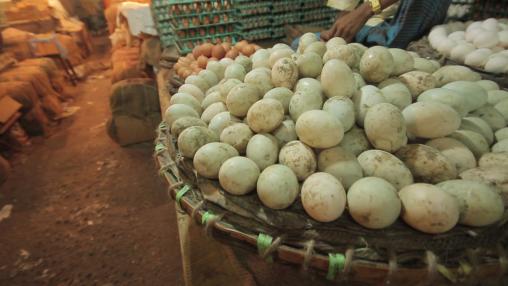
The high price of healthy food and the low price of unhealthy food
Poor diets are now the No. 1 risk factor in the global burden of disease (GBD), accounting for one in five deaths globally. Too much sugar, fat, and red meat increase the risks of heart disease, diabetes, and cancer—all killers in later life (mostly in higher income countries). Too little nutrient-dense fruits, vegetables, dairy, eggs, meat, and fish are associated with wasting, stunting, and micronutrient deficiencies in early childhood—all killers in early life (mostly in lower income countries).
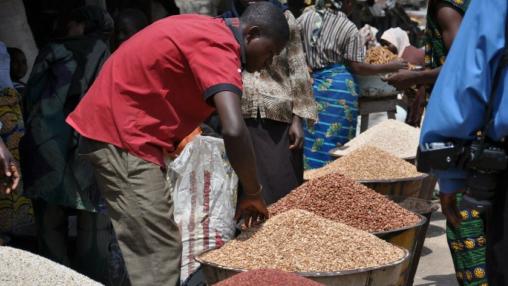
September Edition of the AMIS Market Monitor Released
The latest edition of the AMIS market monitor, released on September 8, shows that the international price of wheat, maize, rice, and soybean has decreased since July. This decline has been driven by improved global crop prospects and plentiful export availabilities.
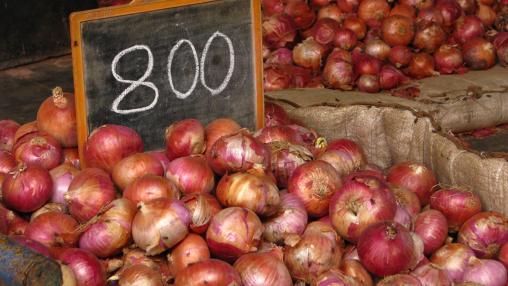
Monsoon Fears Driving Food Inflation in India
India’s monsoon season is off to its weakest start in five years, sparking fears over the potential for drought and increased food prices throughout the country. During the first half of June, cumulative rainfall for India as a whole was 45 percent below average, according to the Ministry of Agriculture’s Department of Agriculture and Cooperation ; India’s Meteorological Department is predicting that total monsoons this season will reach only 93 percent of the long period average.
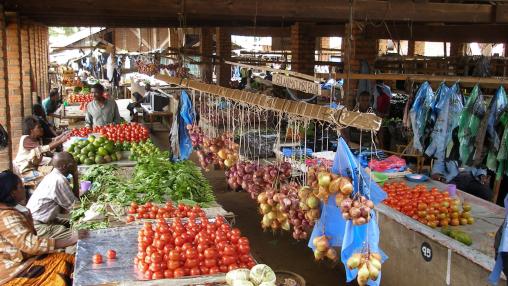
Higher Food Prices Are Good for the Poor . . . In the Long Run
Since the poor spend a greater share of their household incomes on purchasing food, higher food prices must exacerbate poverty, right? Wrong . . . at least over the medium term. In my most recent paper, I find that the opposite is true: higher domestic food prices predict reductions in poverty. The methods in this paper are fairly simple. I take World Bank national poverty estimates for a broad swathe of countries and regress changes in poverty against changes in domestic food prices (the ratio of the food CPI to the non-food CPI).
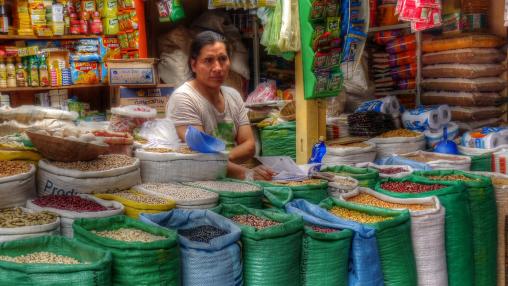
Global Food Prices Becoming Less Volatile
Global food prices are becoming less volatile compared to recent years, according to a new FAO report. The November 2013 Food Outlook credits the more balanced markets to the recovery of global cereal inventories. 2013 has seen a significant increase in cereal production, largely based on increased maize crops in the US and record wheat crops in CIS countries.
Highlights for other crops include:
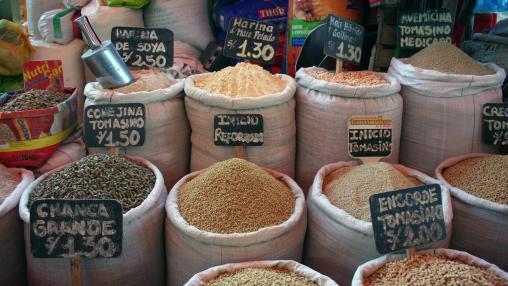
How Can Food Price Instability be Managed through Trade Policies?
By Luca Salvatici
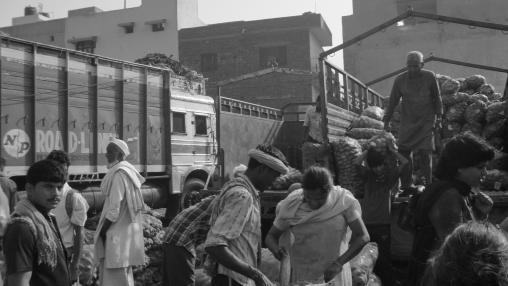
Protecting the Poor Through Higher Food Prices?
High food prices affect poor populations in a variety of ways. While households that only consume food suffer as a result of rising food prices, households that also produce food can actually benefit from price increases. But there is another, less recognized avenue through which high food prices can impact the poor: rural wages. The lion's share of the world's poor relies on agricultural jobs to make a living; whether or not agricultural wages increase as a result of rising food prices therefore has significant implications for how those price increases will help or hurt.

Global Experts Meet to Discuss Food Prices, Price Volatility
Cross-posted from University of Bonn's Center for Development Research
Summary of the international expert consultation organized by the Center for Development Research (ZEF) and International Food Policy Research Institute (IFPRI) held at ZEF in Bonn, Germany on January 31 and February 1, 2013.
By Joachim von Braun (ZEF) and Maximo Torero (IFPRI)